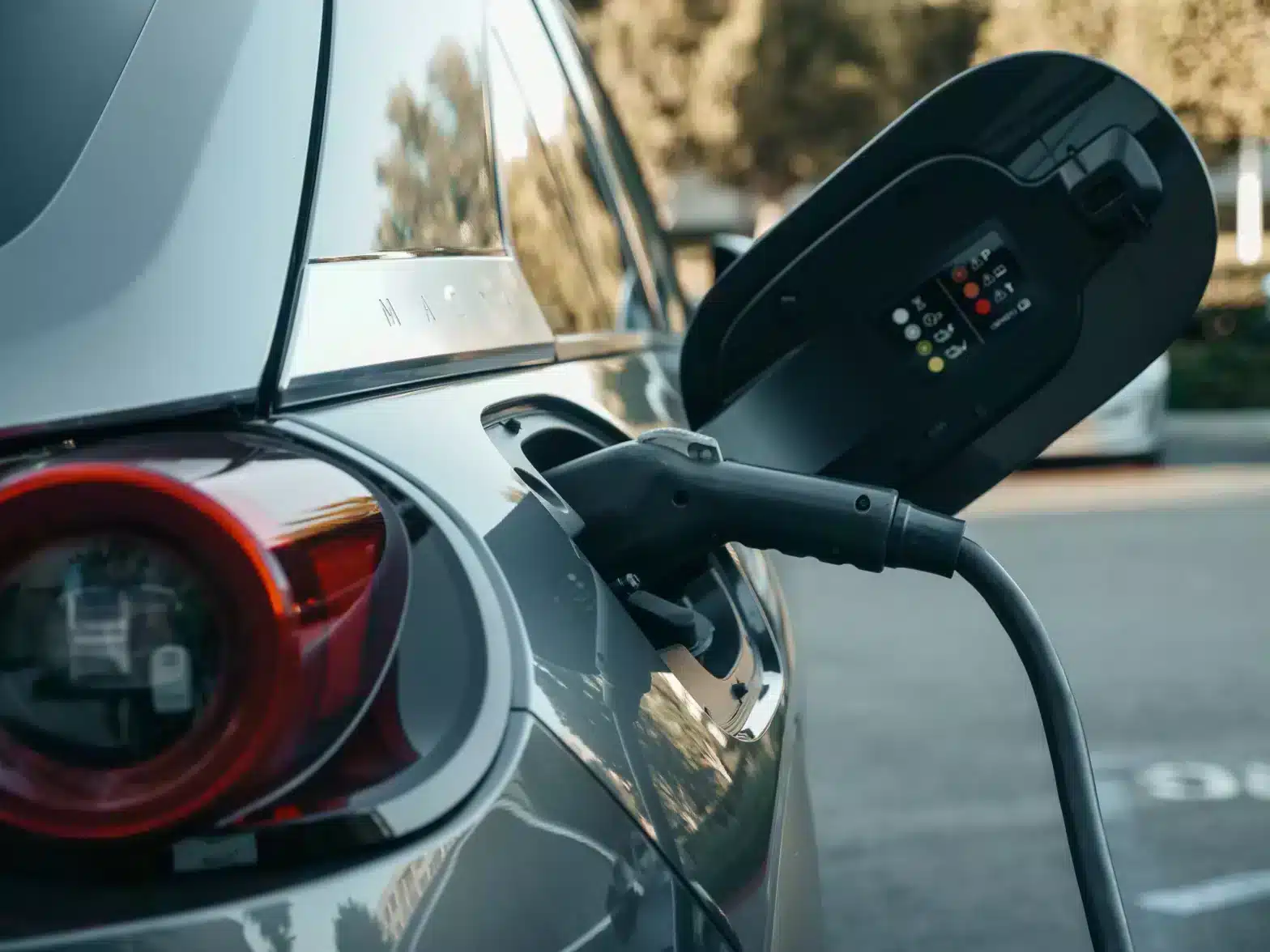EV Charger
Environmentally friendly and cost-effective charging point for backyards, public parking lots and office buildings.
Save the environment and charge your car with solar energy
How does an EV charger work?
An electric car charger is a device that allows the battery of an electric car to be charged from the mains. Depending on the type of charger, the charging speed and connection standard may differ.
A standard home charger is intended for use at home and is usually included with the purchase of an electric car. It plugs into a regular outlet and offers slow but convenient charging, especially at night. Fast chargers are installed in public places such as parking lots, gas stations or shopping centers. They allow for much faster charging compared to standard home chargers, allowing the vehicle to be reconnected to the grid more quickly. Fast charging points are more powerful and are often located along highways, allowing faster charging for long-distance driving. Super fast charger are the most powerful chargers that can provide very fast charging, greatly reducing the charging time. They are often found along major roads or at speed bumps in cities.
Electric car chargers use different connectors and connection standards, such as CCS (Combined Charging System), CHAdeMO, Type 2, etc. It depends on both the model of the electric car and the type of charger. Chargers can be found both in public charging points and in private homes, providing electric car users with a versatile charging option according to their needs and driving habits.
The electric car charger can be conveniently connected to the solar park and use solar energy to charge the car. Direct current from the solar panels is sent to an inverter where it is converted to alternating current. The generated electricity is then directed to use in buildings or electric cars. If the production of solar panels is greater than the consumption, the electricity is sold to the grid. If necessary, electricity is bought back from the grid, e.g. in the dark when there is no solar electricity production.
The electricity produced by the solar panels can be directed to all charging accessories for electric cars. Electric car charging accessories are available in 22 kW, 50 kW and 150 kW.
The main advantages of an EV charger
Installing an EV charger near your home or business allows you to fully enjoy the benefits of an electric car, offering comfort, economy and environmentally friendly movement.

INTEGRABILITY
An EV charger can be integrated with a solar power system. It allows you to charge the car with solar energy, which is environmentally friendly and economical. In addition, the charger can also be integrated with a smart home system, allowing you to monitor and control charging via remote control or a smartphone app.
CONVENIENCE AND TIME SAVING
The home charger offers convenience and time saving, as the car can be charged comfortably at home or at the company. This saves time as the car can be charged at night or at other times when it is stationary.

COST EFFICIENCY
A home charger can be cost-effective, especially when compared to the costs associated with using public chargers.
ENVIRONMENTAL FRIENDLY
The use of electric cars and home charging with renewable energy sources help reduce the carbon footprint and support environmentally friendly movement.


